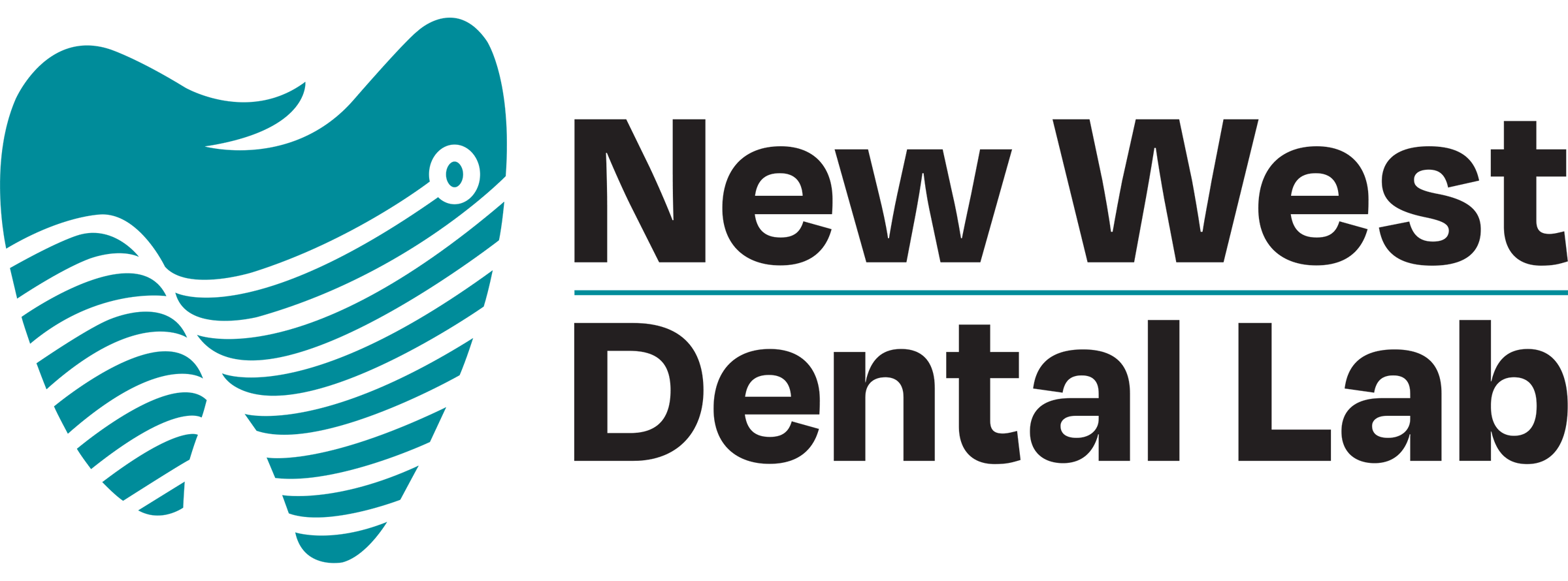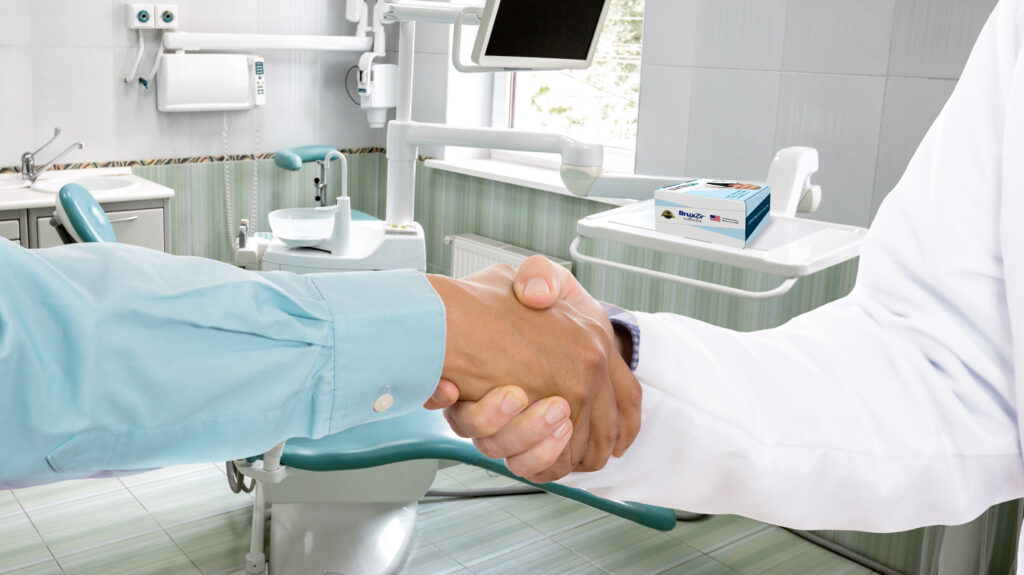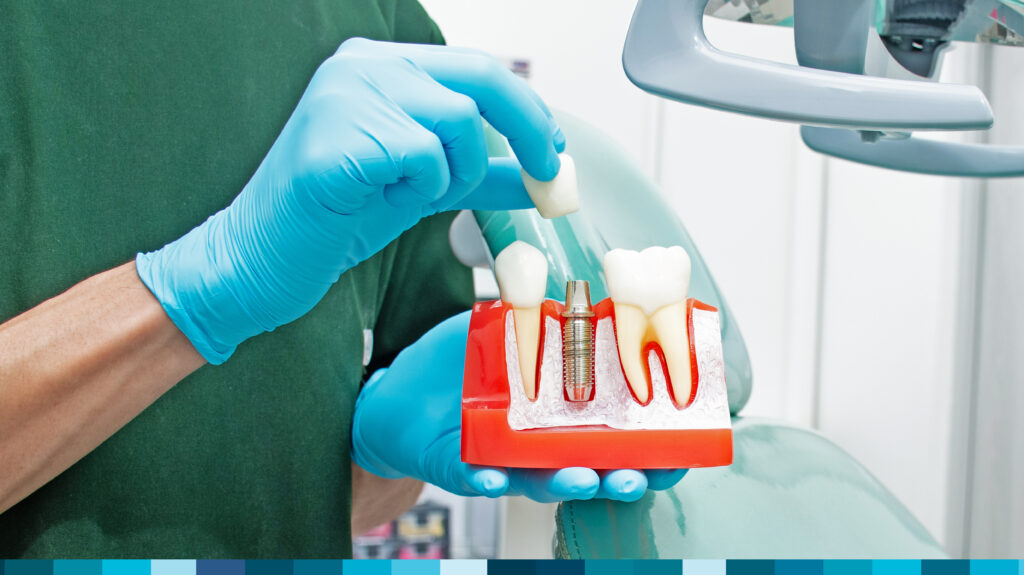The best strategy for medical insurance billing by a dental team starts with a goal of being at least 90% successful in getting paid. Many services can be billed to medical insurance, but it’s important to know what will and will not be paid in a predictable manner. At Medical Billing for Dentists, my team and I have been helping dental offices to successfully get paid by medical insurance for over 17 years. It is of the utmost importance to us to eliminate false expectations and the resulting problems for dental teams and patients. We guide dental teams to utilize medical insurance billing strategies for areas of practice that will be paid predictably.
Medical Billing from the Dental Office
I love to help clinicians by comparing what we are familiar with in our dental world to what we might not be so familiar with in the medical insurance world. While there are dental codes for intraoral photographs and periodontal charting, it’s second nature to us not to bill those codes to dental insurance because we know that they won’t be paid. That same, simple and true strategy should be followed when we implement medical insurance billing.
I get asked about medical billing for implants, surgical procedures, trauma cases and for an assortment of other services every week. While all those categories have possibilities when it comes to medical insurance billing, none of those areas provide for a good starting strategy. We want to show dental teams and their patients that they can hit the 90% success mark. The only items that can predictably hit that 90% success rate when billed by the dental team to medical insurance are custom-fabricated oral appliances for treating diagnosed sleep apnea.
While batting .400 in baseball might make you a superstar, I don’t know many dentists or dental teams who would (or should) settle for those kinds of results with medical insurance billing. That is why we only accept new clients whose primary interest is in billing sleep. We want to help teams to implement a successful strategy so they can truly see what a powerful tool medical insurance billing can be. We want them to see how successful medical insurance billing can be a great strategy for practice building.
I started with my own practice in 2005. We’ve learned a lot over the years and now help hundreds of dental teams around the country. Over the years, there have been major changes in medical insurance coverages. Most of those changes are positive when it comes to medical insurance billing from the dental office. By keeping up with those changes, we’ve been able to continually improve in our ability to help our clients and their patients.
Steps for Successful Medical Billing
- What software you have
- What equipment you buy
- How many courses you take
It is certainly also not about doing this on your own. You don’t need to reinvent the wheel; instead, you need a good billing partner. To help develop and define your approach, the following is an outline of six specific steps for a successful medical insurance billing strategy:
- Realize that a successful medical insurance billing strategy must include preliminary patient screening, assessment, diagnostic information and detailed clinical documentation. These steps allow and assist in obtaining valuable information that can help with accurate medical insurance verification, authorization and insurance billing. This is why I always talk to new and potential clients to discuss their entire team’s sleep health awareness and the level of documentation in their clinical notes. It is truly all about the details. We are actually fortunate in the world of dental sleep because many of those details are written out for us by a physician in the sleep study report. As dentists, we have to understand that our own detailed documentation must supplement what is in the sleep study report so that we have appropriate medical grade, not dental grade, clinical notes.
- Realize that your financial and medical insurance strategy for sleep will probably be different than it is for your dental practice. Dental offices have financial and insurance models that are all over the spectrum. Some dental offices are heavily insurance-driven while others may be fully “fee-for-service.” Ask yourself this question: With the exception of a cosmetic medical practice, have you ever been to a medical doctor that asked you for the full payment up front? That concept is foreign to the medical world. Any dental sleep practice with a desire for growth should be patient and physician friendly. If your solution to dealing with medical insurance billing is to ask for full payment from the patient, then you are instituting a system that is unfriendly to the patient and physician. It is extremely rare, in today’s world, for a dental sleep practice to grow and thrive with an unfriendly type of medical insurance strategy.

- Let your patients know that you are sleep-health aware. Since 2017, the American Dental Association has encouraged dentists to screen for sleep-related breathing disorders. Screen all patients, both new and existing. If you have not already, implement a system so this is one of your across-the-board policies.
- Develop a clear and easy-to-follow path for at-risk patients to be sleep tested or to obtain a copy of a previously completed sleep test. This has to be easy to follow for both the dental team and the patient. The sleep testing path may be influenced by regulations in some states. The dental team can follow any existing regulations to assist patients to get tested or assist in obtaining a copy of a test that they may have already had. Whether you are able to be directly involved with sleep testing or are providing a referral, this process is key in the overall strategy of assisting the at-risk patient to obtain a formal assessment and diagnosis from a medical doctor.
- When patients are candidates for oral appliance therapy, present the clinical findings, treatment recommendations, and insurance and financial options in one face-to-face visit. Patients want to know the results of their sleep study and the treatment recommendations of the sleep doctor. Every patient also has the “How much?” question. Your case presentation is not complete unless the answer to that question is included. (Hint: The answer is never, “Pay us the full fee in advance and you can bill this to medical insurance on your own.”)
- Realize that patients do not like to set themselves up for surprise medical bills and usually will not accept treatment if they don’t fully understand their financial obligation. Improve your strategy for better case acceptance by working with a billing partner who provides you with the exact, minimized out-of-pocket cost and the exact unmet medical insurance deductible for every patient. Your financial coordinator needs this information so he or she can present those amounts at the case presentation appointment. We provide our clients with those numbers for every case, which makes for a system that’s friendly for the patient, practice and physician. Billing partners who present you with information about collecting vague percentages of unknown allowables are really not partners to help you with a successful strategy.
Summary
If one of your goals is to find strategies to improve medical insurance billing for your practice, implement the above tips and consider seeking a strategy session from a medical billing provider that is knowledgeable in the field of sleep dentistry. As you grow your practice in dental sleep medicine, this will ensure you meet the objective of being at least 90% successful in getting paid.
To learn more about oral appliance therapy, and to explore the New West family of sleep appliances, click here.






